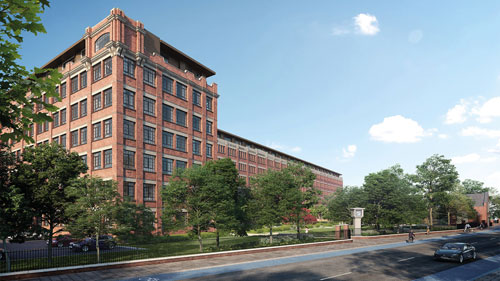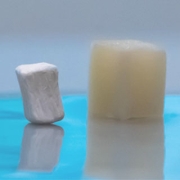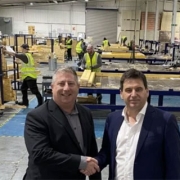Membranes & Envelope Solutions by Rothoblaas: Revolutionizing Construction with Efficiency & Sustainability
In the fast-paced world of construction, the demand for innovative solutions that prioritize energy efficiency, sustainability, and faster installation is growing. Recognizing this need, Rothoblaas, a leading provider of construction products and solutions, has developed a range of cutting-edge membranes and envelope solutions that are revolutionizing the industry. With a focus on off-site application and longer protection of timber, Rothoblaas is reshaping the way buildings are constructed while ensuring optimal energy efficiency.
Energy Efficiency: A Top Priority
In today’s world, energy efficiency is a crucial aspect of sustainable construction. Rothoblaas understands this necessity and offers an extensive range of membranes and envelope solutions designed to enhance the energy performance of buildings. By providing effective thermal insulation, these solutions significantly reduce heat loss or gain, leading to reduced energy consumption and lower environmental impact. As the world grapples with the challenges of climate change, investing in energy-efficient construction materials and techniques is not just a wise decision, but also a responsibility.
Off-Site Application: A Game-Changer
One of the standout features of Rothoblaas’ membranes and envelope solutions is their ability to be applied off-site, ensuring faster and more efficient installation on-site. This innovative approach brings numerous benefits to construction projects. Firstly, by applying membranes in a controlled environment, the quality of the installation is greatly improved, minimizing errors and reducing the risk of water penetration or air leakage. Secondly, the off-site application allows for precise and accurate measurements, resulting in a seamless fit and enhanced performance. This process also reduces the time required for on-site construction, leading to significant cost savings.

Longer Protection of Timber: Preserving Durability
Timber is a popular and sustainable material in modern construction due to its low carbon footprint and aesthetic appeal. However, it requires careful protection to ensure its durability and longevity. Rothoblaas’ membranes and envelope solutions are designed with timber preservation in mind. These advanced materials act as a protective barrier, shielding the timber from moisture, UV radiation, and other damaging elements. By employing these solutions, builders can extend the lifespan of timber structures, reducing the need for frequent maintenance and replacement. This not only saves costs but also contributes to a more sustainable and resource-efficient approach to construction.
Versatility for Various Construction Types and Systems
Rothoblaas understands that construction projects come in various types and sizes, and each requires tailored solutions. Their range of membranes and envelope solutions cater to a wide array of construction types and systems, making them versatile and adaptable to diverse project requirements. Whether it’s a residential building, a commercial structure, or an industrial facility, Rothoblaas offers solutions that meet the specific demands of each application. This flexibility allows architects and builders to confidently integrate these products into their designs, knowing they will deliver superior performance and reliability.
Rothoblaas as the solution provider
Rothoblaas’ membranes and envelope solutions have emerged as game-changers in the construction industry, revolutionizing the way buildings are designed and constructed. Through their emphasis on energy efficiency, off-site application, and longer protection of timber, these innovative solutions offer a sustainable and efficient approach to construction. With their versatility and adaptability, Rothoblaas’ products can be seamlessly integrated into various construction types and systems. By embracing these advanced solutions, builders can not only meet the demands of energy efficiency and sustainability but also achieve faster installation, reduced maintenance costs, and enhanced durability. It is time for the construction industry to embrace the future of building construction with Rothoblaas’ membranes and envelope solutions and take a step towards a more energy-efficient and sustainable future.
Embrace Energy Efficiency Today
As the world faces increasing energy challenges, it is imperative for the construction industry to prioritize sustainable and energy-efficient practices. Rothoblaas’ membranes and envelope solutions offer a clear pathway towards achieving this goal. By integrating these cutting-edge materials into construction projects, builders can enhance energy performance, reduce environmental impact, and improve overall building durability.
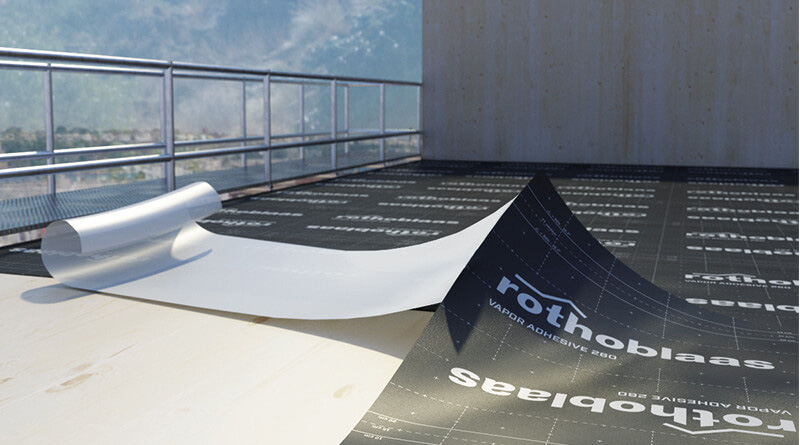
CLICK HERE to learn more about Rothoblaas’ energy-efficient solutions and how they can transform your construction projects




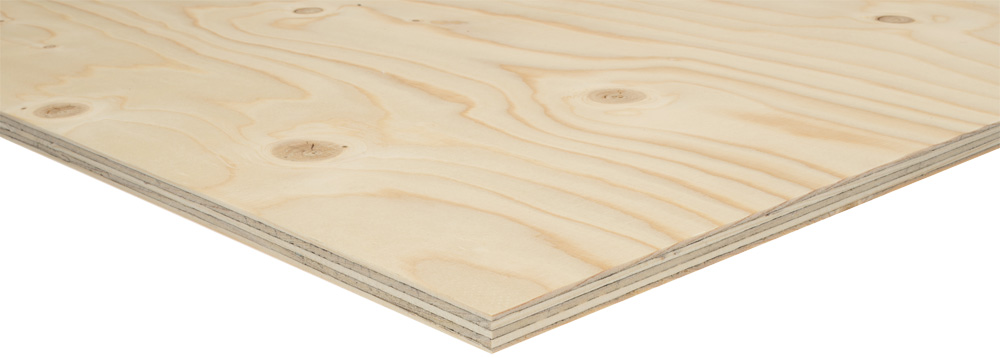
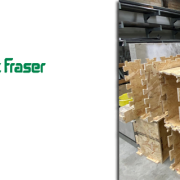
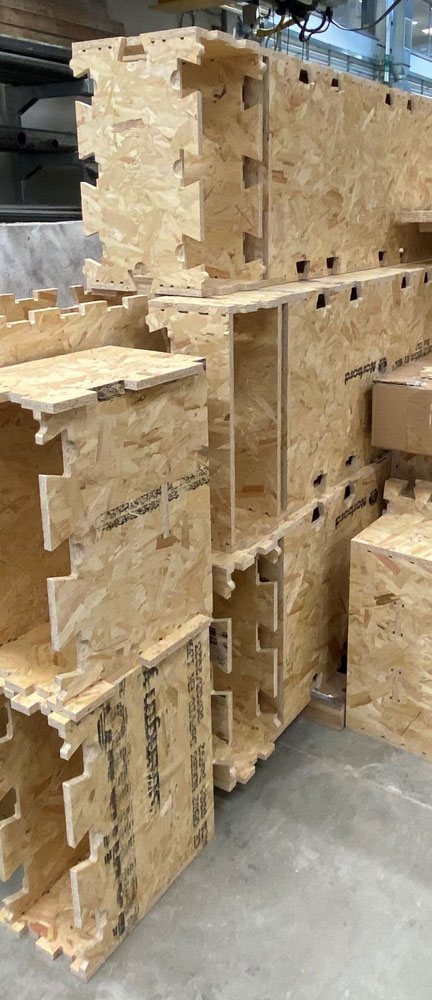
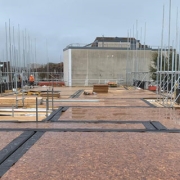
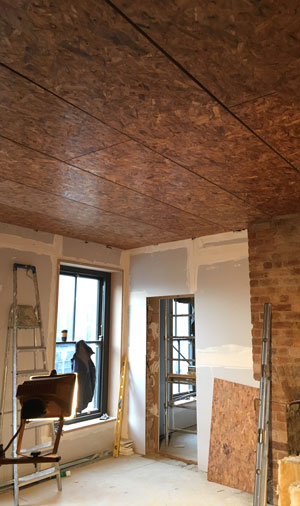 Euroclass B. Wood panels are treated with flame retardant solution to enhance its reaction to fire to limit the spread of flame and slow the development of a fire, especially in the very early stages of a fire when evacuation is vital.
Euroclass B. Wood panels are treated with flame retardant solution to enhance its reaction to fire to limit the spread of flame and slow the development of a fire, especially in the very early stages of a fire when evacuation is vital.

